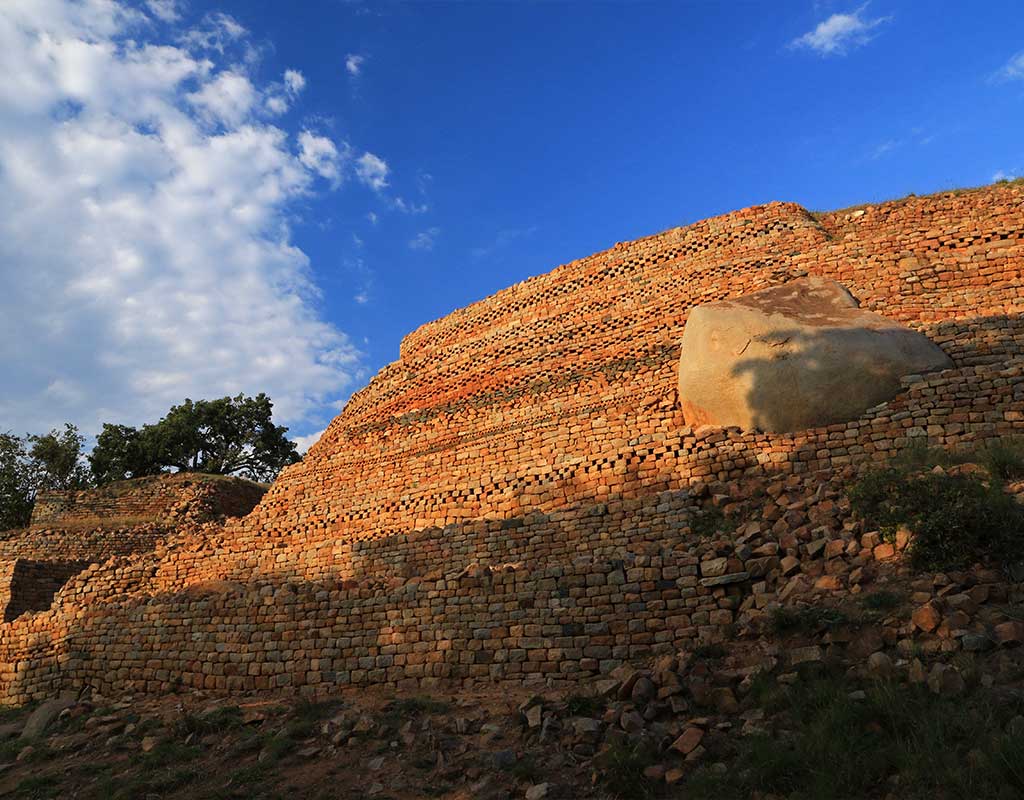Nestled amidst the rolling landscapes of southwestern Zimbabwe lies a silent testament to the region’s rich history: the Khami Ruins. Recognized as a UNESCO World Heritage Site, these remnants paint a vivid picture of an empire lost in the folds of time, revealing invaluable insights into its historical and cultural tapestry.
The Historical Canvas of Khami
Once the capital of the Kingdom of Butua of the Torwa Dynasty, the Khami Ruins date back to the reign of the Torwa Dynasty from the 15th to the 17th centuries and weave a tale of a grand civilization that blossomed following the decline of the Great Zimbabwe Kingdom.
The Torwa Dynasty demonstrated advanced urban planning and architectural skills. The ruins of Khami feature complex stone wall structures and terraced landscapes, indicating the presence of a highly organized and sophisticated society. Furthermore, the discovery of Portuguese artifacts suggests that the civilization had developed trade relations with the Portuguese, pointing to a complex socio-economic structure.
The civilization’s decline is not entirely clear, but it is believed that civil wars and a series of droughts led to the eventual abandonment of Khami.
The Appeal of Khami Ruins
The allure of Khami is rooted in its ability to transport you back in time. The site offers an immersive experience of walking through the annals of history, retracing the steps of a once-thriving civilization, and gaining insights into their way of life, economy, and customs.
The historical significance of Khami is heightened by its aesthetics. Positioned against the backdrop of lush, undulating hills, Khami affords picturesque vistas. The stony terraces of the ruins blend harmoniously with the natural beauty, creating a sublime tableau.
The Khami Journey
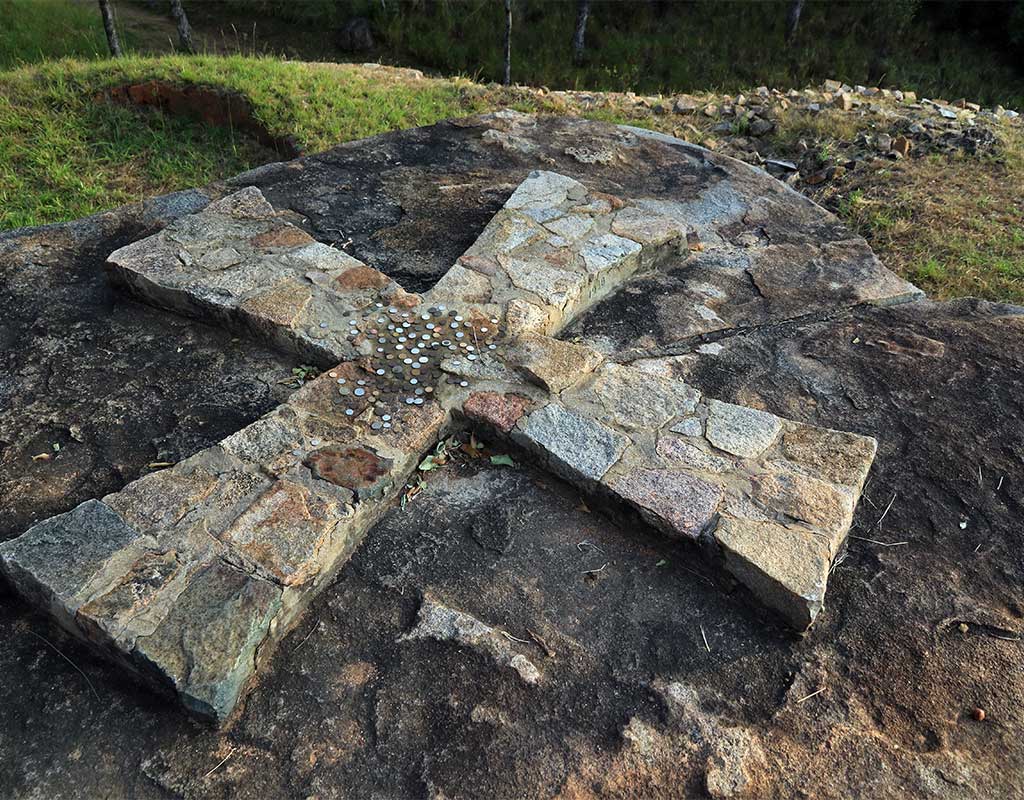
A tour of the Khami Ruins can span a full day, with plenty of walking involved. The site is structured into several complexes, each boasting unique characteristics. The Hill Complex, considered the royal enclosure, houses remnants of an elevated platform speculated to have been the king’s residence.
Detailed chevron patterns embellish the stone walls of the ruins, indicating a society with an artistic flair. Prominent features include the Passage Ruin with its decorated walls and the Cross Ruin, named after a cross perched on a wall. The ruins also display various terraces, communal spaces, religious sites, and traces of industrial areas where gold was smelted.
Distinguishing Elements of Khami Ruins
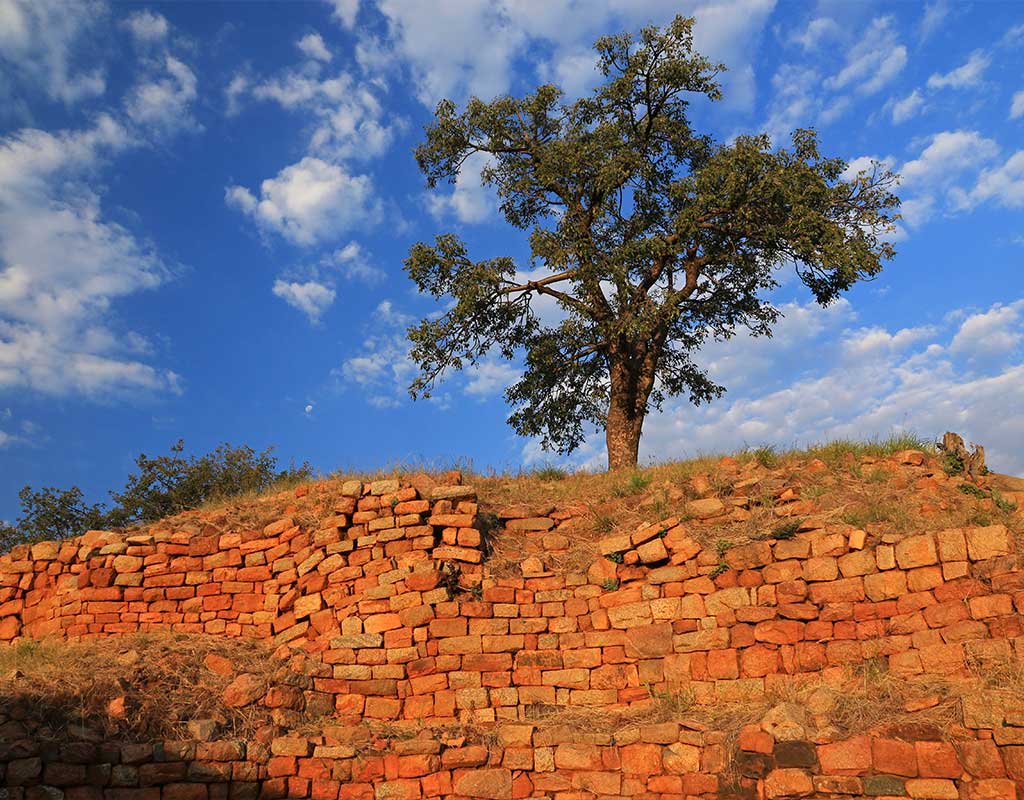
The robust stone walls, built without any adhesive, have withstood the ravages of time. The strategic location of the ruins on a hill and the construction of terraces portray a well-executed urban design, complete with an effective drainage system – a concept that was groundbreaking for its time.
Intriguingly, the site has also yielded Portuguese artifacts like porcelain, glassware, and coins. These relics suggest that Khami’s inhabitants maintained trade relations with the Portuguese, underlining their advanced socio-economic framework.
Experience the Aesthetic Splendour of Khami
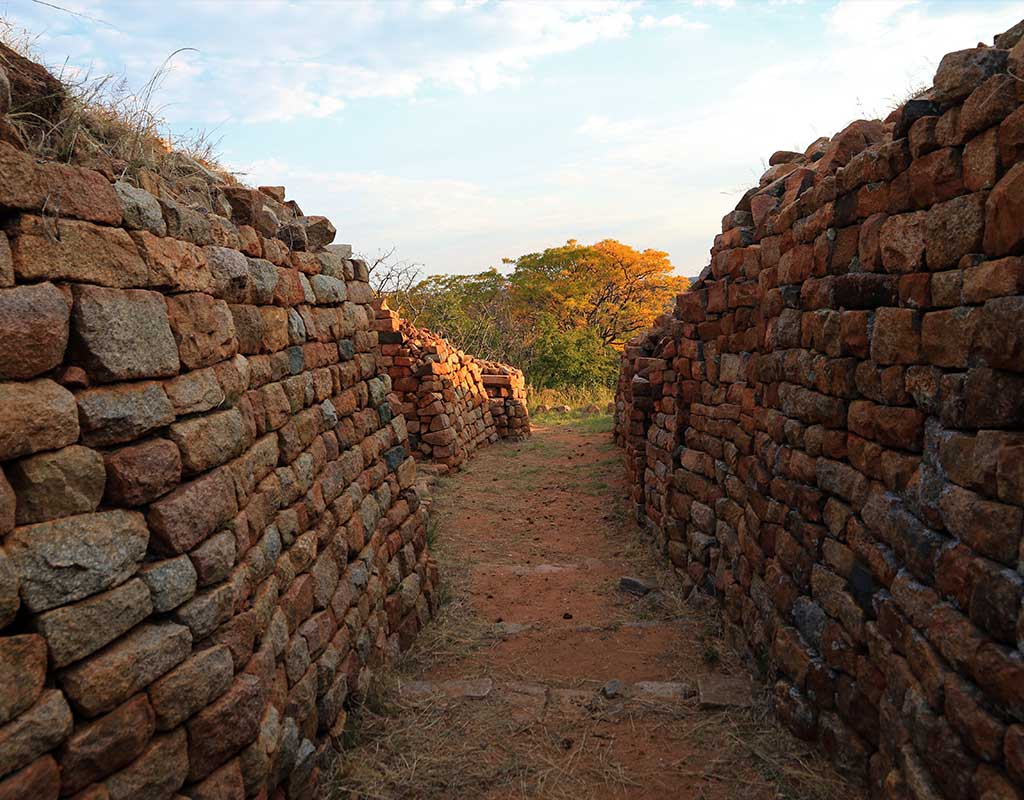
The rugged and weathered ruins are a natural extension of the landscape. Their warm, earthy tones provide a vivid contrast against the vibrant greens of the nearby vegetation. As the day draws to a close and the setting sun casts a golden glow on the ruins, the sight becomes even more enchanting.
The Khami Ruins, with their tranquil beauty and the gentle melody of indigenous bird songs, provide a serene space for contemplation and a deep connection with history.
Did you know? Mack Air is an independent operation and can transfer you to any camp in Botswana and Zimbabwe, dependent on permissions. Read more about our seat rates in Zimbabwe.
Understanding Khami’s Cultural Legacy
The ruins of Khami are a testament to the cultural richness of the Torwa Dynasty. Their deep reverence for their environment is evident in their architectural choices and urban planning. Walking among these historical fragments, one can’t help but appreciate the dynamic interplay between the land and its inhabitants.
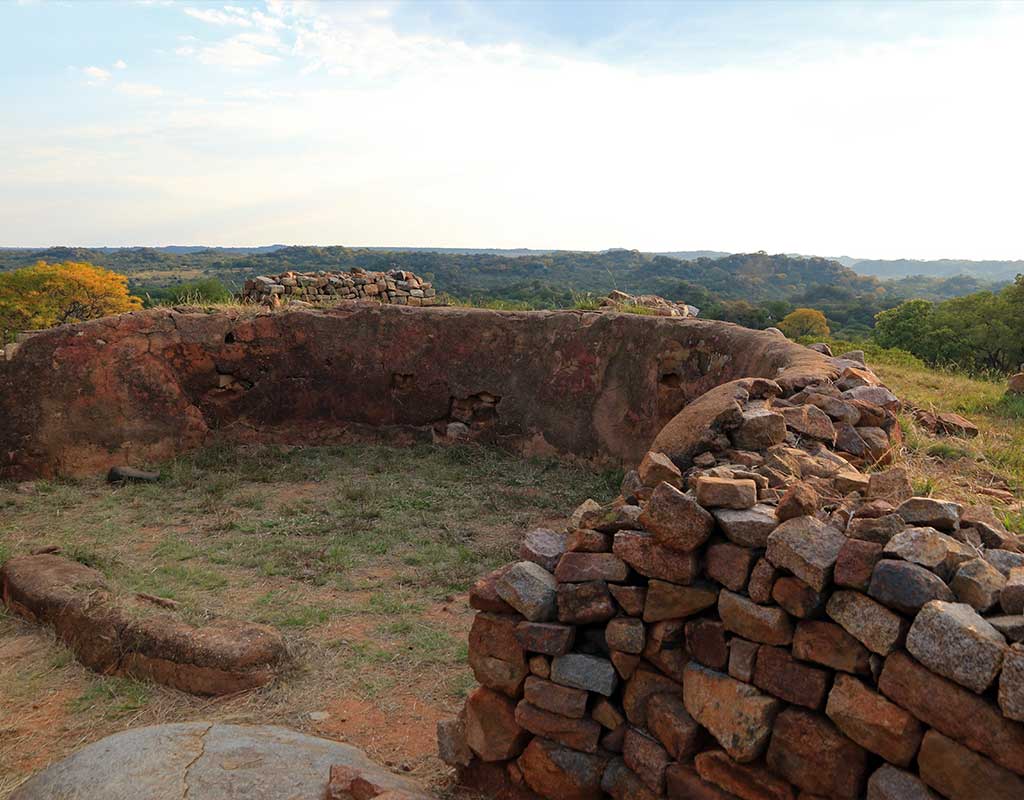
Visiting Khami offers more than just a visual treat. It’s an immersive sensory experience. The rustling of leaves and whispering winds carry stories of the past. The coarse, time-worn stones offer tangible links to the history that unfolded here, while the aroma of the wild vegetation grounds you in the present moment.
Final Thoughts
Travel enriches us by exposing us to diverse perspectives, allowing us to appreciate our shared history and admire human resilience and creativity. The Khami Ruins offer all this in a captivating package.
Getting to Zimbabwe has never been easier, thanks to Mack Air! With scheduled flights in and around the area almost daily, you’ll have no trouble getting to where you need to be. So come and explore Zimbabwe, and get ready for a journey steeped in history and wonder. Whether you’re an ardent history lover, an architecture aficionado, a nature enthusiast, or a curious traveler, Khami promises an enlightening experience.
In the eloquent words of travel writer Pico Iyer, “We travel, initially, to lose ourselves; and we travel, next to find ourselves.” And Khami, with its timeless aura, offers just that – a chance to lose oneself in the echoes of the past and find oneself in the resonance of our shared human journey.
